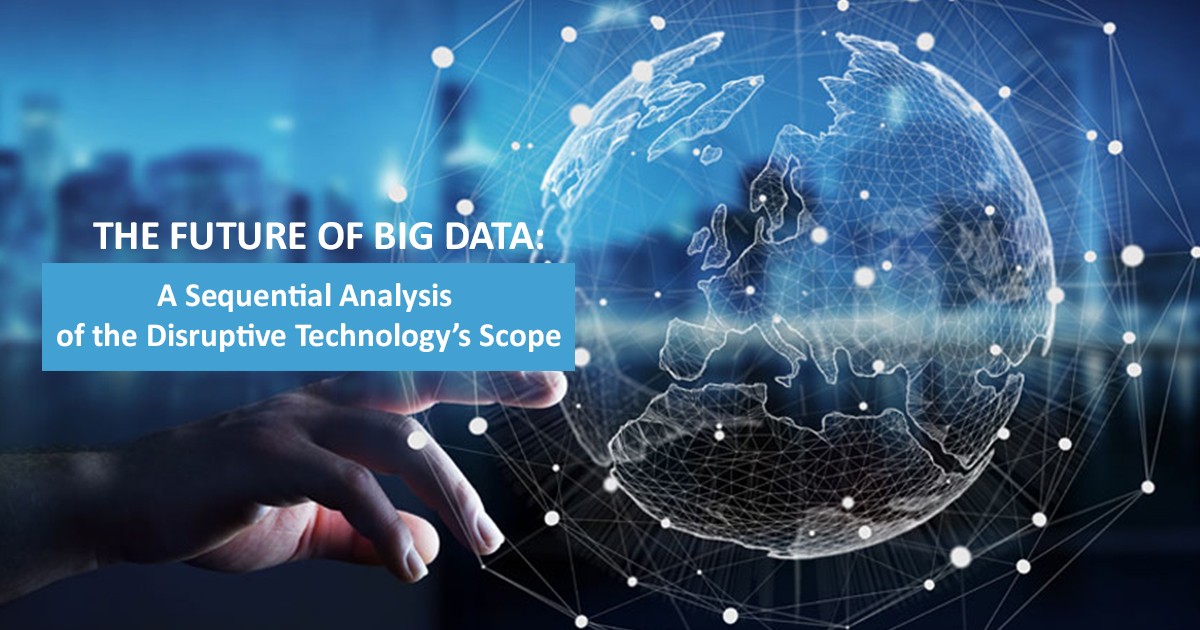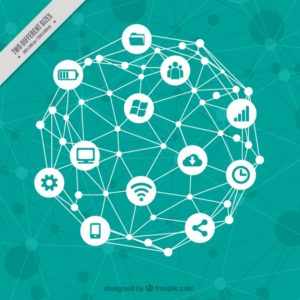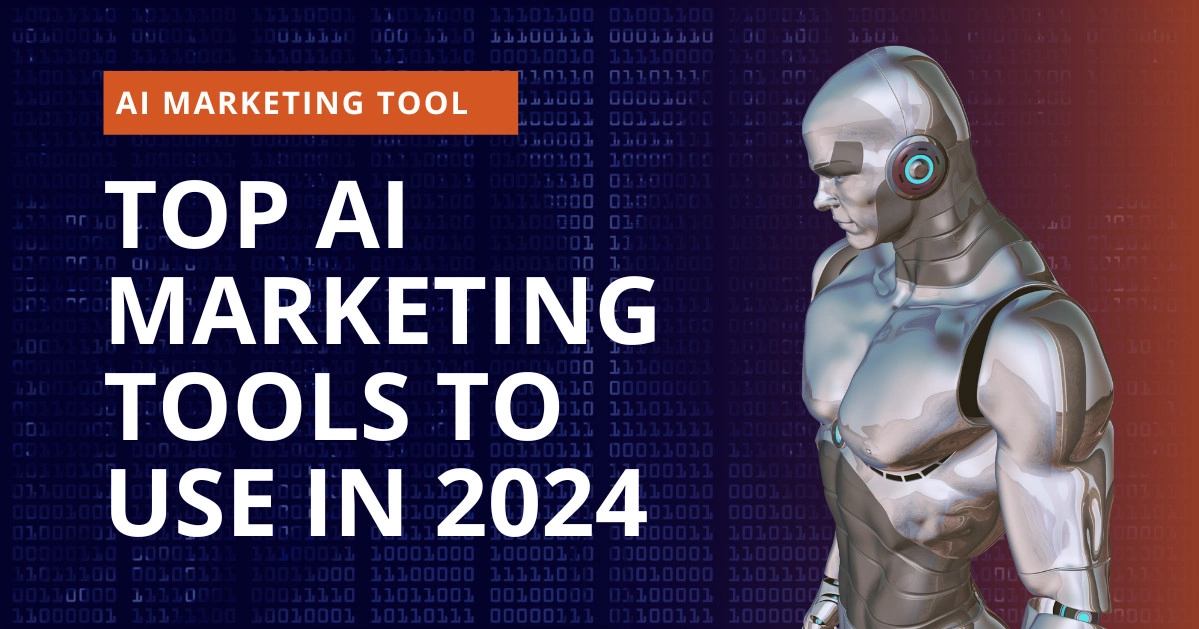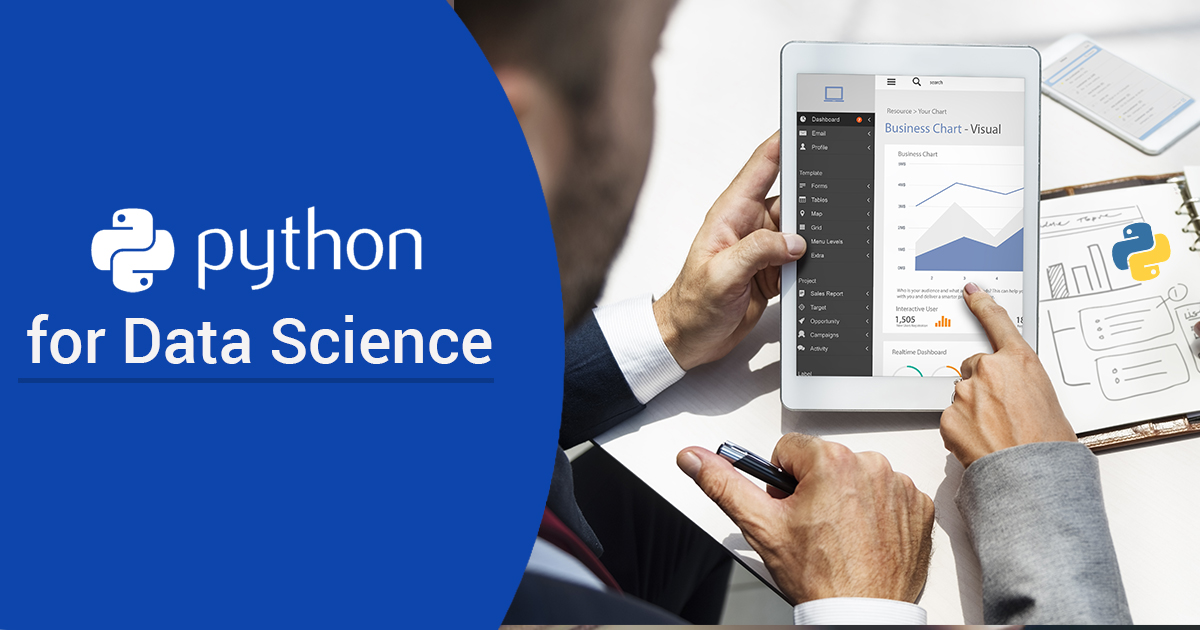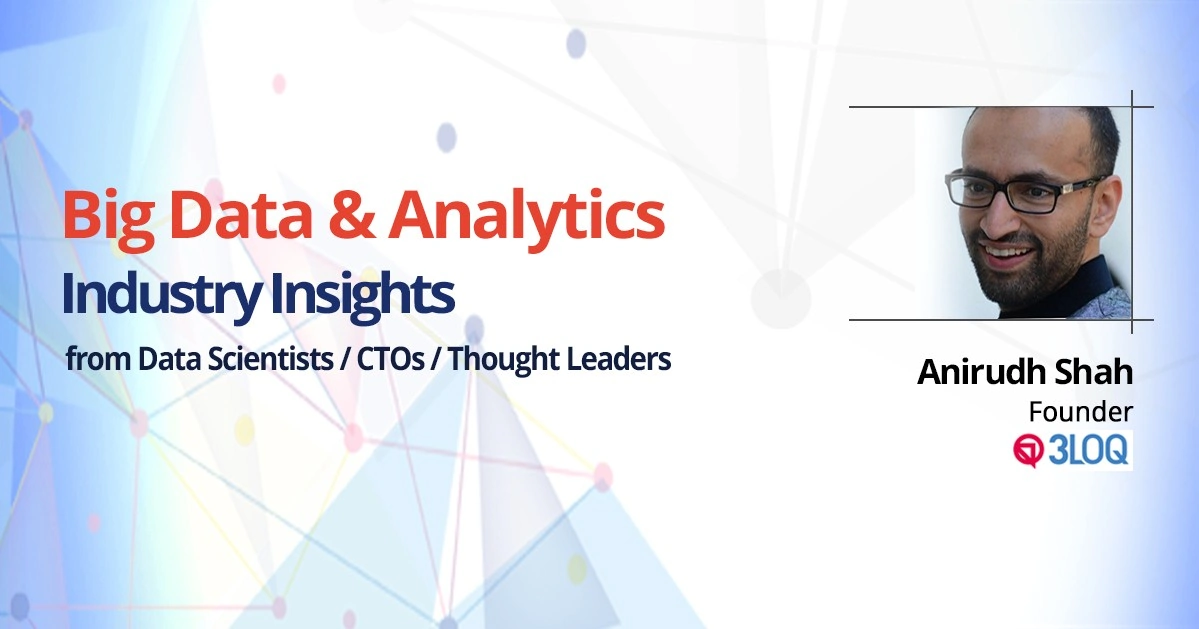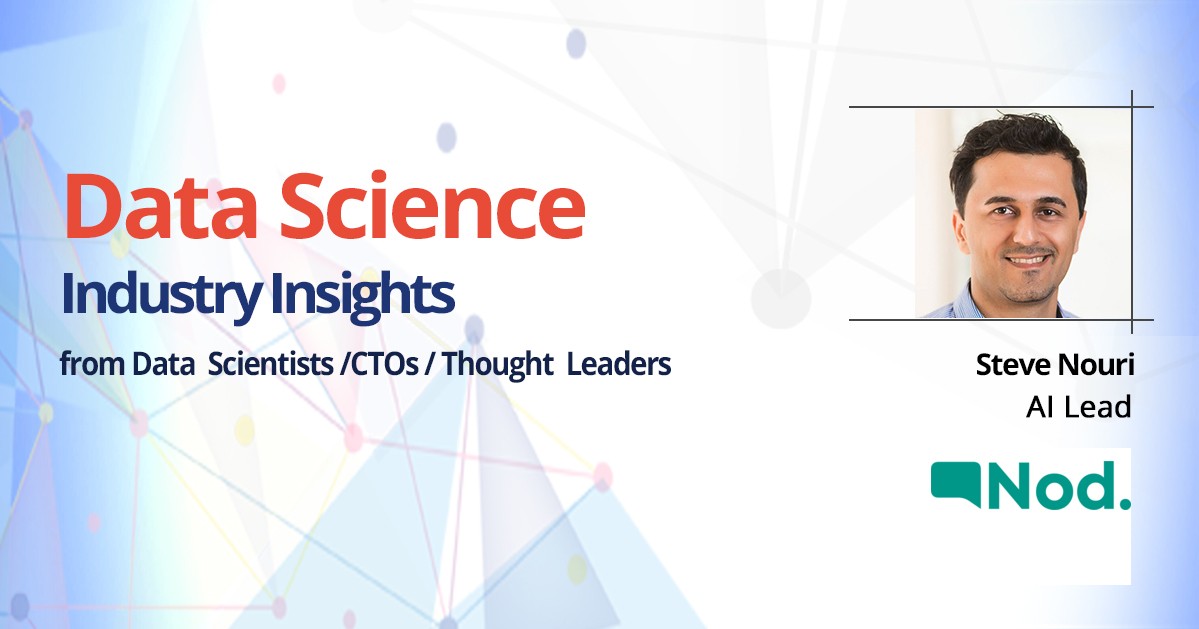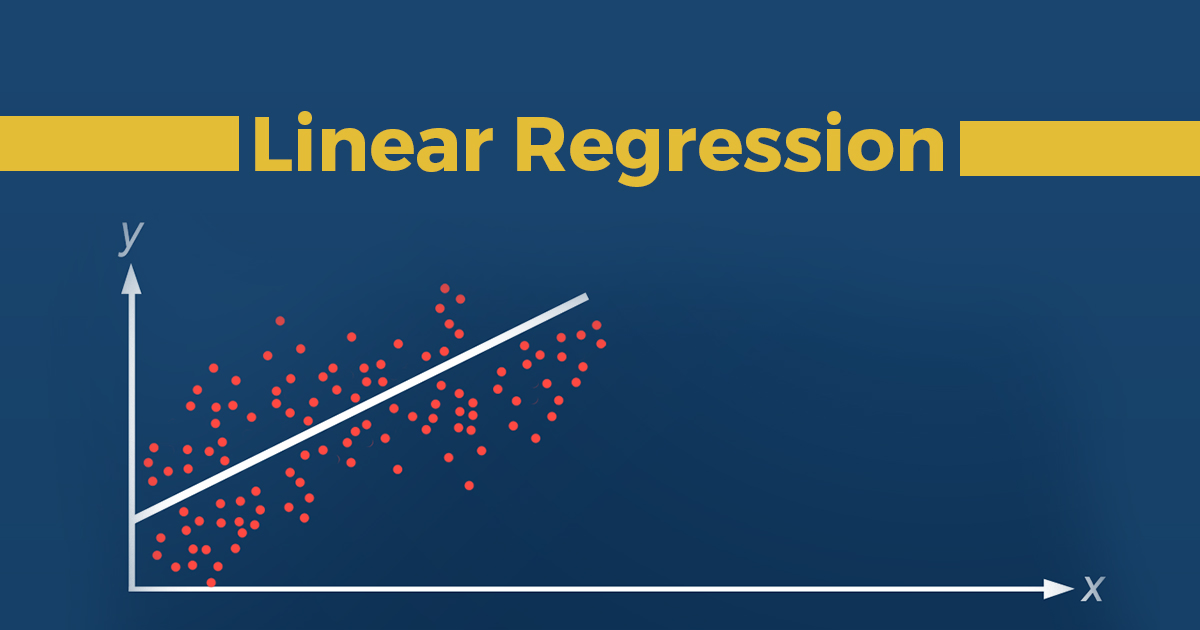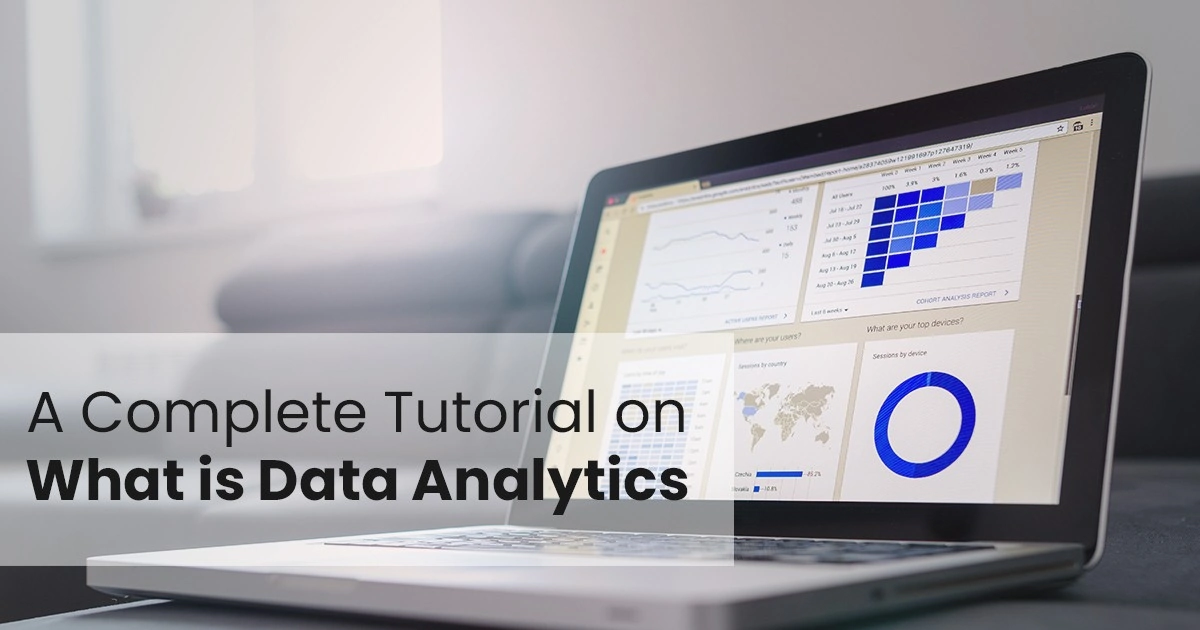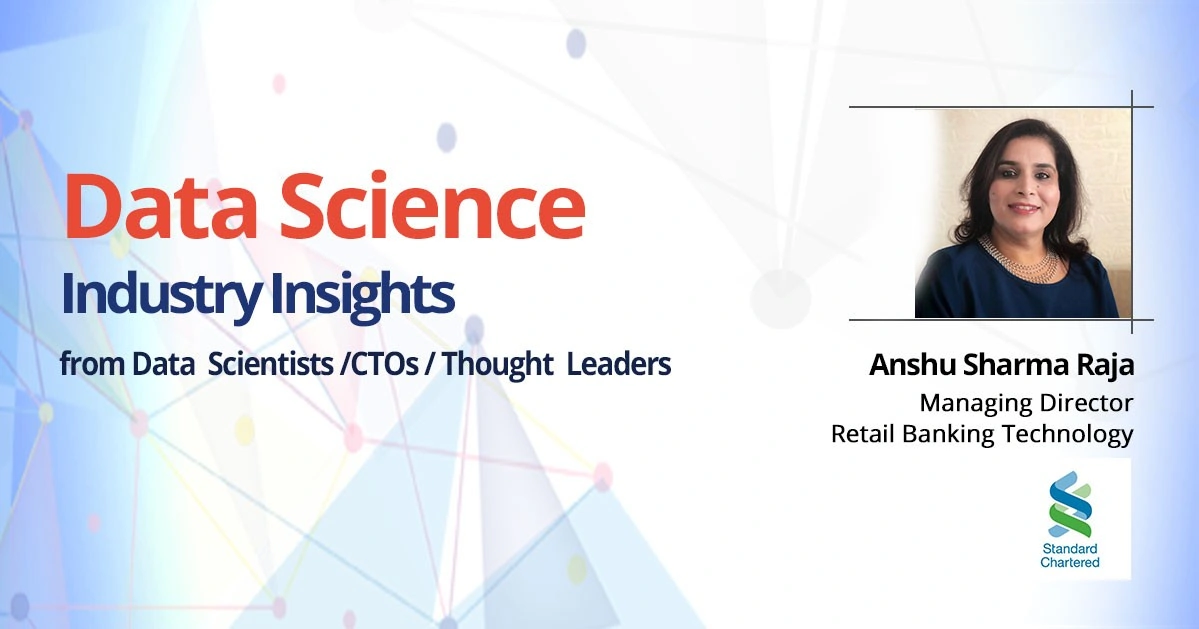Have you ever wondered how much data as an individual you generate every single day? Imagine your average day, where you wake up, go to work, come back and retire. In this cycle that looks very regular and redundant, you generate gigabytes of data that you hardly pay attention to.
You wake up and start checking for emails and social media profiles for updates. You hire a cab or share to your workplace. You go online during your commute or use Netflix, YouTube or other video hosting websites on the go.
You go to work and clock in, indulge in a conversation and you talk about vacations. You come back instantly and check out for holidays online. You see your colleague getting a brand-new earphone, and you go back to check for deals, and you add it to your wish list. You feel hungry, and you order food online. You check your bank balance. You book a movie ticket for the weekend and what not!
All of these are chunks of data you have been generating for companies and brands that come back to you as better and personalized services. If you have used Google Maps or Apple’s Siri, you will notice that both the applications got better over time and started coming up with responses that made sense. Enter the world of Machine Learning powered by Big Data. Today, generating data by an individual is inevitable, and with almost every service going online, you are creating data sets voluntarily or involuntarily.
Big Data: The Current Scenario
Now that we’ve discussed how data has become an integral part of our everyday lives, you would want to know how companies are using it for a myriad of services directed towards you.
Organizations both big and small, are opening up to the importance of data and the amount of impact it can bring in to organizations. They also are reinvesting in Big Data, and it’s allied technologies to make informed decisions. Right from optimizing their supply-chain systems and workflow management to enhancing customer experience and maintaining attrition, they are resorting to data for every decision. In fact, even a concern as simple as getting a coffee machine in a cafeteria is data-driven. From all of these, we can for sure say that the future of Big Data looks strong and undisputed.
With technologies like artificial intelligence, Machine Learning, and IoT also relying solely on Big Data, this is really the technology of the future. For those of you intending to switch from an IT-based profession to something more rewarding and lucrative, note that this technology is future-proof where the importance of it will only get finer and disruptive in time. To help you come out of that hesitation in career switch, we have come up with a sequential analysis of the future of big data analytics. Check it out.
Future of Big Data 2018 – Trends You can Expect this Year
Dark Data
One of the first instances of big data future trends for 2018, as we foresee, is the emergence of dark data. It’s a known fact that the integration of digital data and its implementation through analytics has been fetching humongous rewards to brands and businesses around the world. To complement this technology further, dark data will make its way and mark the future of big data in the coming years or even months.
In simple terms, dark data refers to the data from non-digital sources and digital data that has been undermined by its value by analytics experts. The data sets are usually untapped, unstructured and untagged and are also referred to as dusty data. The Big Data future scope predicts that such data sets will come into the limelight this year and further revolutionize the technology further.
Newer Job Roles
As the technology becomes more complex and integrates with other technology, the industry will continue to evolve and require specialized experts for niche job roles and responsibilities. Coders will be required to upskill to Big Data analytics and managers will be asked to upskill to business intelligence and orient themselves with anything to do with data for business and career growth. This sector of IT has just exploded, and the major expansion after this big bang is yet to happen. If you are looking at a career in Big Data – a rewarding one – it is the perfect time to pull up your socks and get started with it because, in the coming years, it will need experts like you.
Privacy
While privacy continues to be one of the major shortcomings of this technology, it is also promising to note that an antidote will soon hit the market for its resolution. Today, we hardly have ideas on how the data we generate is used and shared amongst companies, and as far as big data Hadoop future is concerned, this is estimated to decline. Major companies around the world will wake up to this emerging challenge and will seek actions on the legal front. Newer policies will be made, and laws will be amended for data consumption and analytics, paving the way for a safer ecosystem for consumers to generate data.
The Volume of Data Generated will Continue to Increase
One of the most reassuring things when it comes to big data Hadoop future is that the amount of data generated every day will only continue to grow. As of now, we generate approximately 2.3 trillion gigabytes of data every day, and this will only grow in the future. If you notice, there are smartwatches, smart televisions, smart wearable techs in the market that further collect data from consumers, leaving the scope for only massive generation of data. More on this below.
Big Data and its Integration with Other Technologies
As we said, the future of big data is clear and unshakeable. If you have noticed, technologies like IoT, Machine Learning, artificial intelligence and more are making their ways into our everyday lives. Behind all of these is Big Data sitting strong in an authoritative position.
There are devices talking to each other over a connected network sharing and generating data you feed, and there are algorithms learning patterns and processing information from the generated data. A simple example of the Internet of Things is your smart television that is connected to your home network and generating data on your viewing patterns, interests and more.
With social apps installed, it is also taking into consideration your personal tastes and preferences and cumulatively working on personas like yours to deliver better online content and streaming options. You would be amazed to know that the massive blockbuster House of Cards was the result of Big Data analytics!
Together, they are designed to offer the best of convenience and support to consumers and industries globally. A warehouse of Amazon is mostly automated, and there are tech companies that have replaced manpower with a simple code for monotonous jobs. As much as redundancy is killed by Big Data and analytics, newer opportunities are equally arising on the other side as well.
Big Data in the Year 2020
This industry has been evolving since the day of its inception and touching industries and companies for the better. As it continues to impact companies, the future of big data regarding its market share and patronage around the globe is only expected to increase manifold by the year 2020.
According to estimates, it is revealed that the global market share of big data and its allied technology is expected to reach approximately $57 billion by the year 2020. The US is the forerunner in the generation, consumption and deployment of data and this technology and is followed by India. Researchers also revealed that India would grow to become an $8 billion industry by 2020, generating a need for over 50,000 skilled Big Data experts and data scientists.
This is happening as well. If you look at our salary study, you will realize the demand for experts is simply on the rise in India and abroad.
In the coming months, IT professionals will switch from their current career path to a career in Big Data and take home salaries more than an average IT professional and enjoy a perfect work-life balance as well. The industry will continue to evolve regarding innovative applications and fields and realms that operated conventionally so far will resort to data for decisions.
One classic example is HR analytics, where HR associates are upskilling to Big Data analytics for optimized decisions on wage differences, appraisals, recruitment, budgeting and retrenchment. We, at Digital Vidya, foresee a world that is simply data-driven and consumers and experts are making a world that is smart, intuitive, responsive and responsible. If you share our vision, it is time you switch to Big Data because as you know, the future of big data is intense and the technology is here to stay.
